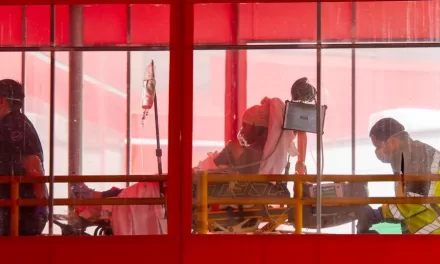Boston, MA – A groundbreaking study published in the British Journal of Surgery has demonstrated that immunotherapy and targeted radiation therapy (TARE) can successfully shrink liver tumors, making surgery viable for patients who were previously ineligible due to advanced cirrhosis.
Liver cancer is particularly challenging to treat, especially in individuals with cirrhosis, a condition characterized by scarring of the liver tissue that impairs its function. Patients with both advanced liver cancer and cirrhosis are often deemed unsuitable for surgical interventions, limiting their treatment options. However, this new study offers hope for expanding surgical possibilities.
The study details the case of a patient who underwent a novel treatment regimen involving immunotherapy and TARE, which successfully reduced the tumor’s size. This was followed by a laparoscopic procedure known as the Arantius-first technique, which enabled precise tumor removal with minimal damage to the liver’s vital structures.
Dr. Eduardo Vega, assistant professor of surgery at Boston University Chobanian & Avedisian School of Medicine and the study’s corresponding author, emphasized the significance of this minimally invasive surgical approach. “Our study describes how the Arantius-first technique can be applied in high-risk populations, potentially expanding surgical indications for patients with cirrhosis,” Dr. Vega stated.
The Arantius-first technique uses the Arantius’ ligament as a key anatomical landmark, allowing surgeons to quickly identify and preserve the middle hepatic vein (MHV). This precision is critical in cirrhotic patients who have a limited functional liver reserve, reducing the risk of severe complications.
The study underscores the importance of interdisciplinary collaboration among surgeons, oncologists, and radiologists in achieving favorable outcomes. By integrating targeted radiation, immunotherapy, and advanced surgical techniques, this approach offers new hope for liver cancer patients who were previously considered untreatable.
Disclaimer: This article is for informational purposes only and should not be taken as medical advice. Patients should consult with their healthcare providers before considering any new treatment options.
More information: William Kawahara et al., Laparoscopic left hemihepatectomy using the Arantius-first approach after 90Y transarterial radioembolization and immunotherapy in a cirrhotic patient, British Journal of Surgery (2024). DOI: 10.1093/bjs/znae305











